Are you ready to go back in time and discover the remarkable architectural and engineering achievements of mankind? It is more than exciting to take a tour around the oldest buildings in the world. Let’s get started and see the most ancient architectural creations of people which have survived to this day.
1. Gobekli Tepe, Turkey

Source: Wikipedia
Although it is found in modern-day Turkey, the oldest man made structure in the world existing to this day belongs to the ancient region of Mesopotamia, which is believed to be the birthplace of modern civilization. The site, which is a tell made by people, was first excavated in 1994 and its construction is dated to the time between 10th and 8th millennium BC.
To date, archeologists have discovered some 200 pillars with each being approximately 6 meters high and weighing 20 tons. These pillars, many of which feature animal reliefs and sculptures, form 20 circles. At this point, it is not known whether the circles had a roof or what their purpose was. It is believed that the complex was used as a shrine.
2. Barnenez, France
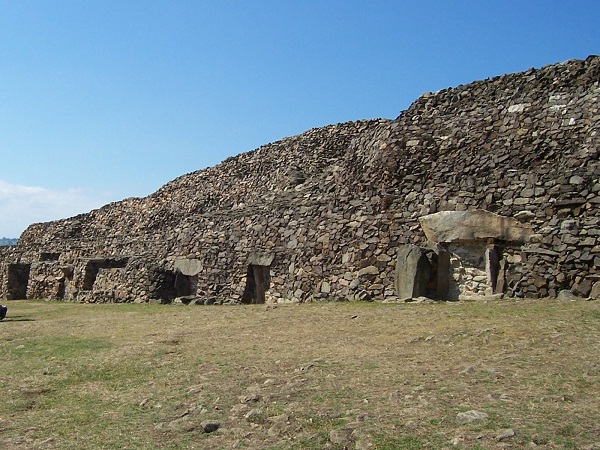
Source: Wikipedia
Archeologists have dated this cairn to the early Neolithic period and more precisely to 4800 BC. It is 72 meters long. The width reaches up to 25 m. The maximum height reaches 8 meters. It has been estimated that approximately 13,500 tons of stone have been used for the making of the cairn. Its structure is very simple yet quite impressive at the same time.
There are eleven chambers each with its own separate passage for entry and exit. They are believed to have been used as burial cambers formally known as passage graves. Some of the chambers and passages have engraves symbols including waves, bows and U-shaped symbols.
3. Monte d’Accoddi, Italy
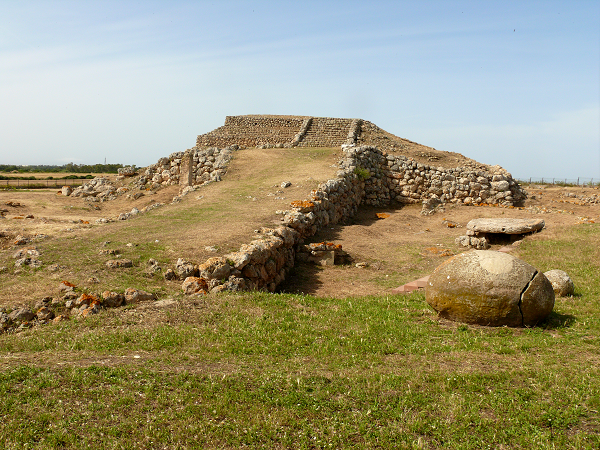
Source: Wikipedia
The structure located on the island of Sardinia in the Mediterranean was created by the Ozieri culture and is dated back to the time from 4000 to 3650 BC. The trapezoid base measures 27 by 27 meters while the platform above it is around 12.5 meters long and 7.2 meters wide.
Since no chambers have been discovered, it is believed that the structure was a shrine or a temple. An alternative hypothesis suggests that it may have been used as an observation post.
4. Knap of Howar, Scotland
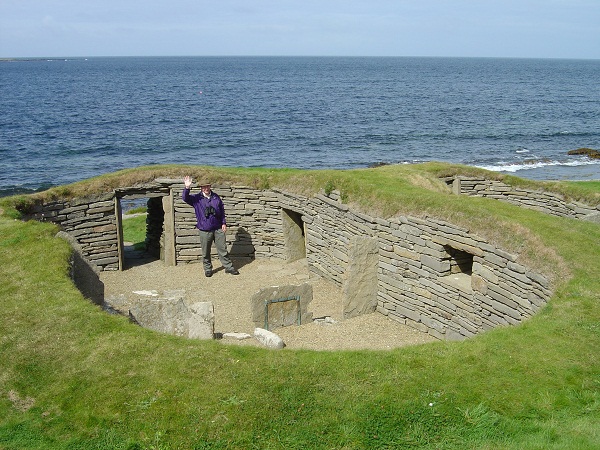
Source: Wikipedia
The site is found on the island of Papa Westray and consists of two adjacent structures which have been occupied between 3700 and 2800 BC. They are believed to be the oldest houses in Western Europe. The two low buildings have rounded rectangular walls made from stones.
The bigger and older structure was used as a house. It is linked to the smaller one, which was used as a workshop or a second house, with a passage way.
The doors of the buildings face the sea. They had no windows, but archeologists have found evidence that fire was burning inside and a hole in the roof took the smoke out.
5. Ggantija, Malta
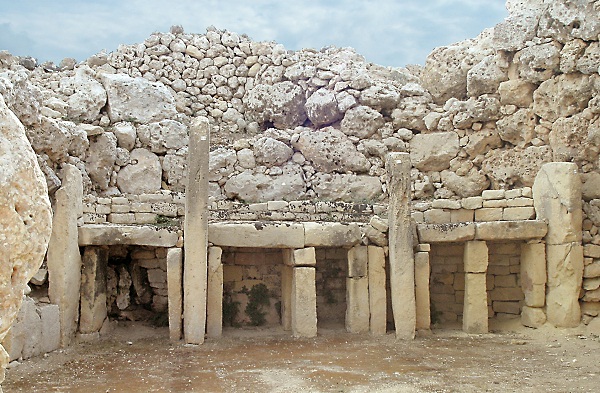
Source: Wikipedia
The megalithic temple complex is dated back to the Neolithic era and more precisely to 3700 BC. It is the oldest religious structure in the world after Göbekli Tepe. The complex consists of two temples which were built side by side and share a boundary wall.
They have clover-leaf shape and face south-east. The people who erected the temples did not use any tools. The wheel had not been introduced at the time either. The archeologists have found evidence that the temple complex was a site of fertility rites.
6. Sechin Bajo, Peru
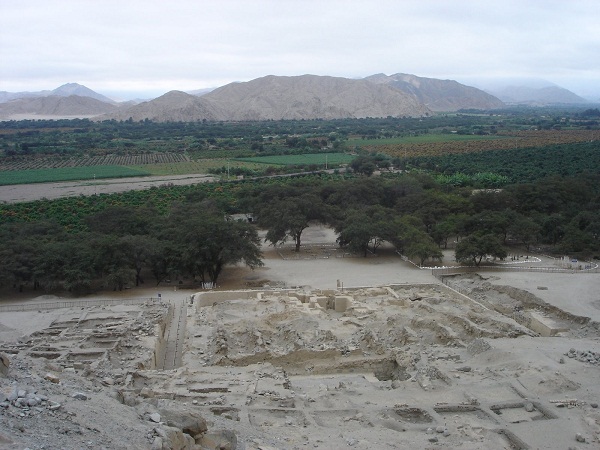
Source: Wikipedia
The ruins of a ceremonial center are found 12 kilometers away from the coast of the Pacific Ocean and are dated back to the period from 3500 to 1300 BC. The center consists of three monumental structures which are the oldest in the Americans discovered to date.
The first building had a 16-meter platform made from stone and abode brick raising 2 meters over sunken plazas with circular shape. A 2-meter frieze of a man who holds what is believed to be a ritual knife in one hand and a human head or a shield in the other indicates the religious purpose of the site.
7. La Hougue Bie, Jersey
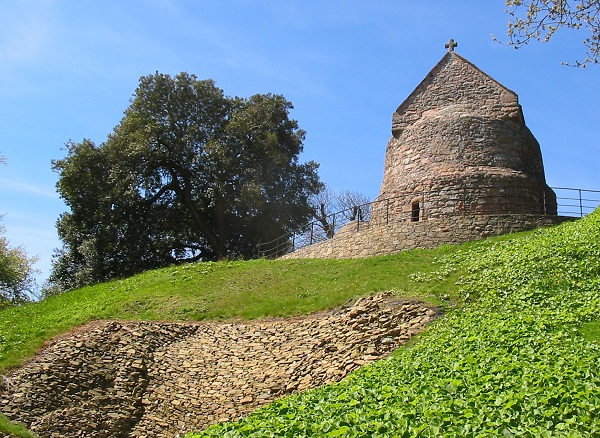
Source: Wikipedia
The building is a passage grave dated back to 3500 BC. The passage chamber is 18.6 meters long. It is covered by an earth mound which is 12.2 meters in height. In fact, “hougue” is the local word for mound.
Even though the structure is best described as a passage grave, it was actually used for religious ceremonies and rituals on the most part with burials being incidental.
Upon the restoration of the original entrance, it was confirmed that at the spring and autumn equinoxes the sunlight would go inside all the way back to the so called terminal cell.
8. Shahr-e Sukhteh, Iran
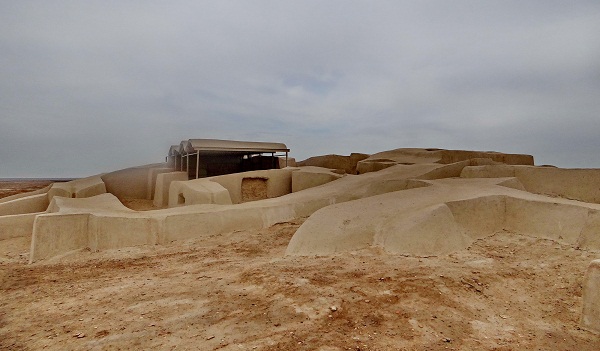
Source: Wikipedia
This Bronze Age settlement, whose name is translated as the Burnt City, is dated back to 3200 BC. It is believed to have been built by the Jiroft culture and abandoned around 1800 BC. The settlement spreads over 25 hectares and has anywhere from 25,000 to 40,000 indicating the size of the local population.
The inhabitants of the city are considered to have had more advanced technology and social organization compared to the other people in the local area at the time.
Archeological evidence suggests that the city was a trading hub for the merchants of Mesopotamia and those from Central Asia and India. Artefacts and human remains excavated from the site reveal that crafts were thriving.
9. Pyramid of Djoser, Egypt
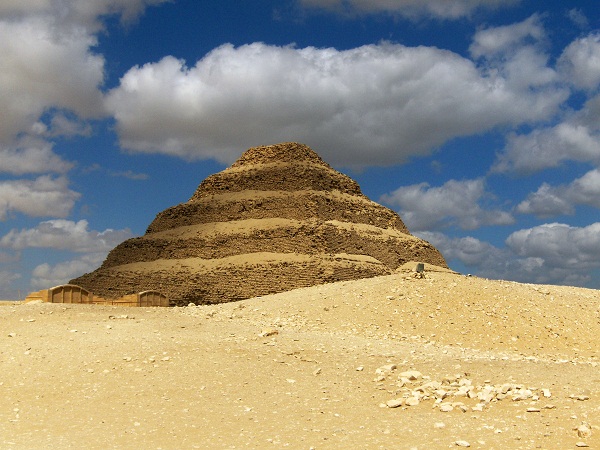
The oldest of the preserved Egyptian pyramids, the one of the pharaoh Ddjoser, the first or second king of the 3rd dynasty, was built in the 27th century BC. It is part of the famous the Saqqara necropolis and is the central edifice of an entire mortuary complex. The step pyramid consists of six mastabas (flat platforms) giving it its impressive design.
Originally, it was 62 meters tall. It was covered with white limestone so that it would shine brightly and be seen from a great distance in the desert.



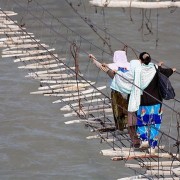
No Responses